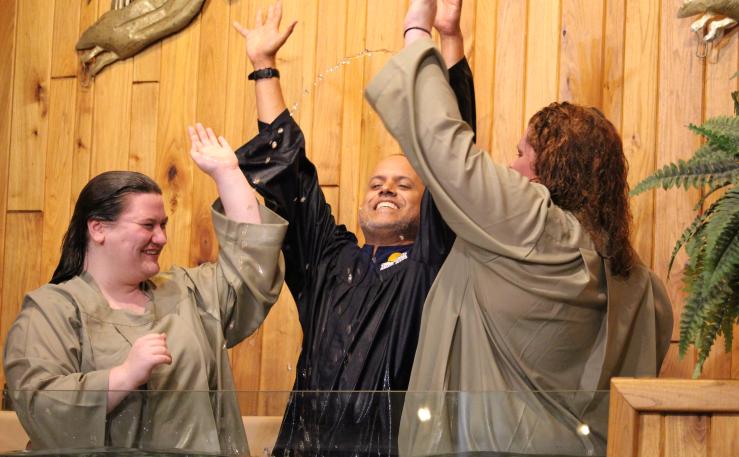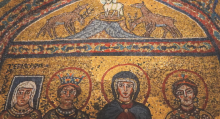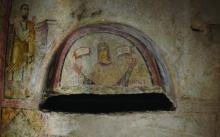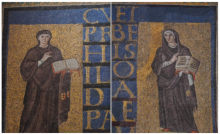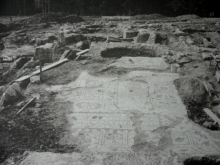Story by Carina O. Prestes
In the ninth century, one of Rome’s churches was St. Prassede, a basilica built over a former house church site. Pope Paschal I restored the church and added the chapel of St. Zeno, which he decorated with beautiful mosaics. These mosaics portray a number of people, some of whom are identified. The name of Pope Paschal I’s mother, Theodora, was written in the mosaics in this chapel by her portrait, followed by the title, episcopa. While an exact meaning cannot be determined, this title typically referred to the office of bishop.


